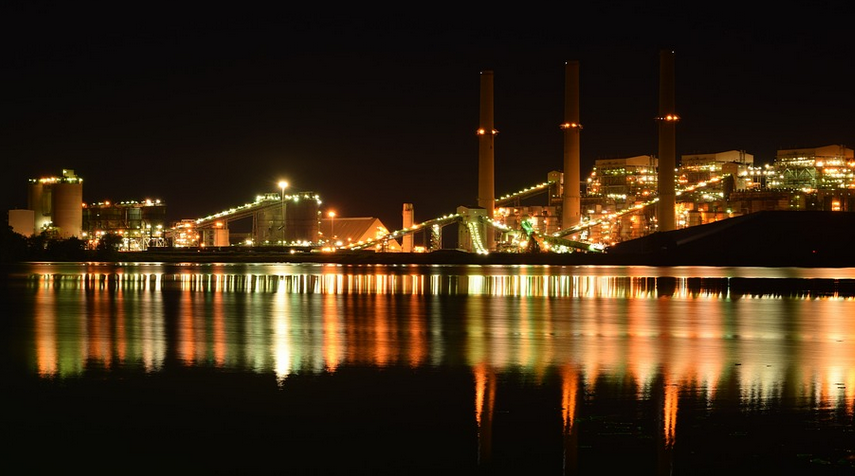Turning Copper into Color: The Basics of Rust Dyeing
There’s something about the unique, earthy tones created by rust dyeing that just captivates the eye and imagination. It seems like a contradiction—how can we use something considered “unsightly” or even dangerous to color fabric? But, the truth is, rust dyeing offers a stunning array of colors, textures, and finishes that are both intriguing and creative. This article delves into the fascinating world of rust dyeing, exploring its history, methods, safety concerns, and potential for artistic expression.
Rust dyeing has existed for centuries, evolving through different cultures and techniques. The very act of using iron oxide, also known as rust, to decorate fabrics is simple yet profoundly impactful, offering a unique twist from traditional dyeing methods. While the process might seem daunting at first glance, it’s surprisingly accessible, especially when exploring its artistic potential.
History: From Ancient Craftsmen to Modern Artists
The story of rust dyeing stretches back centuries, with origins deeply embedded in ancient civilizations. Egyptian and Greek artisans were known for their mastery of metallic oxides, incorporating them into fabrics for ornamentation. However, the true legacy of rust dyeing lies in its use by indigenous cultures across the globe. From the Navajo weaving traditions to the vibrant patterns found in African textiles, these communities embraced the natural elements—including iron oxide—to create unique and enduring garments.
Over time, rust dyeing has taken on new life in contemporary art and design. Modern artists and craftspeople are exploring traditional techniques, reinterpreting them for the 21st century while pushing the boundaries of color exploration. This resurgence has coincided with a growing interest in sustainable practices and the use of natural resources, making rust dyeing a relevant and timeless craft.
The Chemistry Behind Rust Dyeing
Rust dyeing works by harnessing the power of iron oxide, a naturally occurring compound found everywhere on Earth. As iron reacts with oxygen in the presence of moisture, it forms rust—a reddish-brown substance commonly seen on metal surfaces like rusted car parts or old tools. This chemical process is fundamental to the art form. The key lies in understanding how this reaction can be harnessed for color.
However, there’s more to rust dyeing than just letting it happen naturally. Artists need to manipulate the environment to control both the intensity and the final colour of their creation. They can adjust factors like pH levels, temperature, and even the composition of the fabric to influence the rusting process and achieve desired results. This level of creative control distinguishes rust dyeing from a purely accidental phenomenon.
Safety First: Handling Rust Dye
While rust dyeing offers an exciting creative outlet, it’s important to approach this craft with caution. Iron oxide is corrosive in its raw form and requires careful handling. It’s crucial to wear personal protective equipment—including gloves, goggles, and a respirator—to prevent contact with the chemicals. Always work in a well-ventilated area to avoid inhaling dust or fumes.
The use of rust dye is generally safe when handled correctly, however, it’s important to follow all safety guidelines when working with materials that can produce harmful particles. While these reactions are largely non-toxic, it’s always best to err on the side of caution and follow appropriate measures.
A Rainbow of Possibilities: Exploring Different Techniques
Rust dyeing offers a plethora of artistic possibilities, ranging from achieving subtle hues to creating vibrant color effects. There’s no one-size-fits-all approach—the techniques involved can be adapted depending on the desired outcome and personal preferences.
Rust dyeing involves soaking fabric in water solutions containing iron salts or rusting agents like vinegar or buttermilk. This process triggers a chemical reaction between the fabric and the solution, eventually leading to the formation of colored rust spots. The process is often repeated multiple times to achieve desired color intensity and depth. However, it’s also possible to apply a combination of techniques to control the intensity and overall appearance of rust-colored effects.
For instance, some artists use a technique known as “controlled rusting,” where they apply specific amounts of rusting agents to different areas of fabric before immersing it in water. This can help create intricate patterns that reveal varying degrees of color intensity. Others employ techniques like “batik” which involve dipping the fabric into dye baths and then letting some rust seep through, creating unique textures.
The Art of Experimentation: Unlocking Your Creativity
Rust dyeing is about more than just coloring your fabrics; it’s a journey of artistic exploration. There’s no right or wrong way to approach the process—experimenting and playing around with different techniques can lead you to unexpected results that capture inspiration.
As you delve into the world of rust dyeing, pay attention to the nuances of each step. Observe how the color changes over time as it reacts with the fabric fibers. Experiment with different materials and methods, allowing yourself to be guided by your intuition and imagination.
